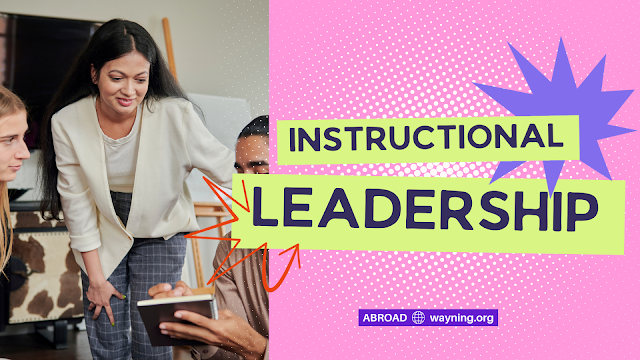We, as school leaders, are first and foremost instructional leaders. This pivotal role transcends administrative duties, delving deep into the essence of teaching and learning within the school's walls. The challenge, however, lies in the multitude of daily interactions that demand our attention, ranging from addressing the concerns of stakeholders to making operational decisions. It's all too easy for us to find ourselves ensnared in meetings, letting an entire day pass without setting foot in a classroom.
The question arises: how can we ensure our work is felt among students and teachers, within both academic and non-academic settings? Drawing from experience, one strategy I've employed involves integrating classroom visitations into my daily schedule. For instance, spotting a free slot from 10:30 to 11:30 AM in my schedule, I deliberately allocate that time to classroom visits. This pre-planning practice takes place early in the day during my daily schedule review, where I seize every opportunity, be it 15 or 30 minutes, to walk hallways and step into classrooms.
During these classroom visits, my interactions with students are key. My goal isn't to scrutinize the teacher but to uncover the learning dynamics within the classroom. I engage students with questions like, "What are you working on?" or "What are you learning today?" A follow-up might be, "Why is this important?" If students can articulate the purpose of their learning, it signifies a successful learning environment.
Typically, my classroom stays last between 5 to 8 minutes, a period spent gathering mental notes. Subsequently, I record my observations on my phone, which are later reflected upon back in my office. This reflection culminates in scheduling short feedback sessions with the involved teachers, aiming to constructively discuss the observed learning environment. This feedback, predominantly positive, highlights successful practices and suggests one or two areas for enhancement. These interactions are designed to be supportive, not evaluative, focusing on recognizing strengths rather than pinpointing faults. Teaching is both a demanding and deeply personal endeavor. Teachers often yearn for feedback, wondering if their leaders, seemingly preoccupied or confined to their offices, have become detached from the everyday challenges of teaching. Students, too, value the engagement of leaders within their learning spaces.
Engagement extends beyond classroom visits to participating in teacher meetings, especially those centered on curriculum discussions. Here, I find value in listening, absorbing the dialogue, and contributing when appropriate. My time with teachers is aimed at learning rather than directing.
Instructional leadership transcends the confines of annual observations and teacher reviews; it embodies active, daily involvement in the teaching and learning process. Given that the ultimate goal of a school is to foster student achievement, and teachers are crucial to this mission, why not prioritize time with them?
Reflecting on instructional leadership prompts the question: What minor adjustment can I make today to enhance my instructional leadership?
Consider this a moment for reflection,
Dr. Russell
